Sinking_vs_Sourcing_Signals.pdf
Transcript:
[0m:4s] Hi I'm Josh Bloom, welcome to another video in the RSP Supply education series. If you find that these videos are helpful to you, it certainly helps us out if you could give us a big thumbs up and subscribe to our channel.
[0m:16s] In today's video, we are going to be talking about common electrical signals that you might see being used in industrial control environments.
[0m:26s] If you have not seen some of our other videos in which we discuss the basics of electrical signals, we will link those in the description below.
[0m:35s] For the purpose of this video, we want to talk about two very common terms that are used in relation to different kinds of signals.
[0m:44s] The terms that I am referring to are sinking signals and sourcing signals. As mentioned before, these are very common phrases, and in almost all cases, the electrical signals that are most commonly used will fall under one of these two categories.
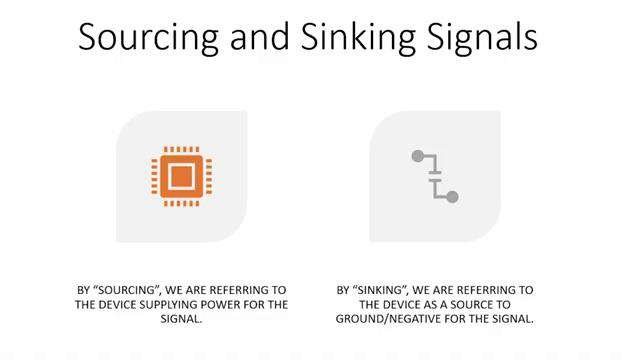
[1m:3s] By the end of this video, you should have a solid understanding of what each of these two types of signals are and how they are different.
[1m:10s] You should also be able to identify in what types of situations they might be used in.
[1m:15s] As mentioned before, in some of our other videos, there are many different signal types that you might see being used in industrial environments.
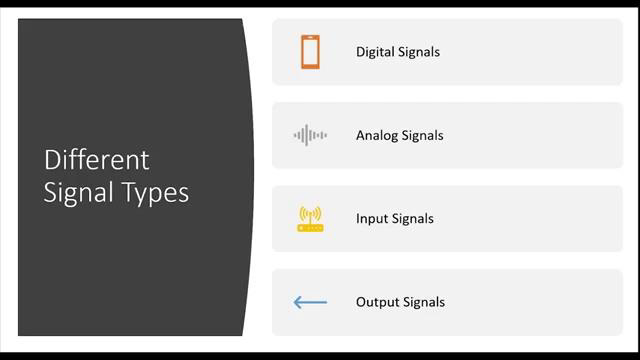
[1m:24s] For example, digital signals, analog signals, inputs and outputs, as well as many others.
[1m:31s] All of these signals are very common and used in almost all industrial settings.
[1m:37s] Now, in regards to sinking and sourcing, it is important to understand that the most common signals such as a digital input or analog input, for example,
[1m:47s] will either be sinking or sourcing.
[1m:50s] In other words, sinking or sourcing is simply another trait or characteristic of the most common electrical signals. So a digital input will have to be either a sinking or sourcing signal.
[2m:3s] So what does that mean? Sinking and sourcing has everything to do with power
[2m:8s] and where that power is coming from and will affect how the signal behaves.
[2m:13s] Also, it is important to note that the hardware that is being used will be specifically designed to work with one type or another, but not both. So let's start with sinking.
[2m:25s] In almost all cases, when a signal is a sinking signal,
[2m:29s] this means that the power that is being supplied and used for that signal is not coming from the PLC or controller.
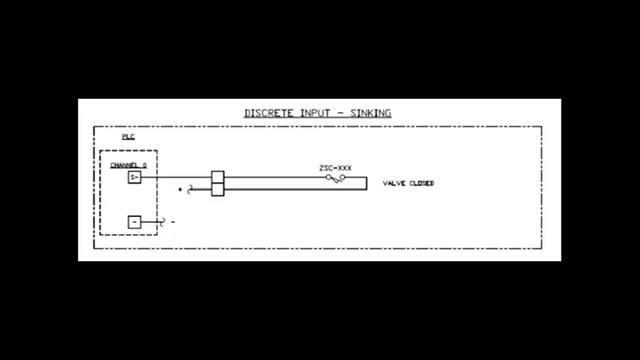
[2m:37s] The power instead will need to come from some external device or circuit.
[2m:42s] In the case of a sinking signal, the power comes from an external source and it is the PLC that provides a path back to ground.
[2m:52s] So in the case of a digital input signal using 24 volts DC, the PLC is simply looking for voltage. Once that voltage is detected, the specific input is on in the PLC.
[3m:5s] And again, the PLC provides the path back to ground. Now, as you might expect sourcing signals work in the opposite manner,
[3m:13s] in that sourcing signals see power that is provided or sourced from the PLC or controlling device.
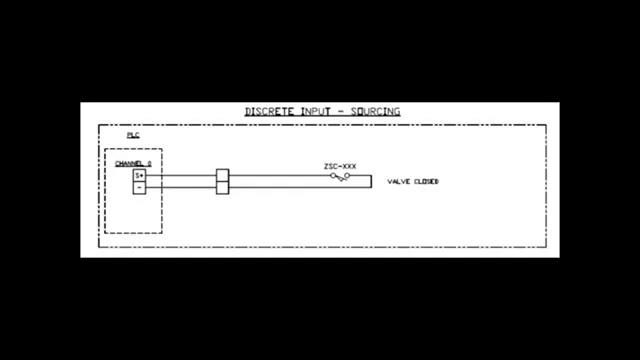
[3m:20s] A common example of this type of signal might be a digital output signal using 24 volts.
[3m:27s] Power is provided to the PLC or digital output card,
[3m:31s] and then when the command is given, the PLC will output the proper amount of voltage on a given output signal, again, sourcing its own power. The ground path is provided either at the device itself or at another external location.
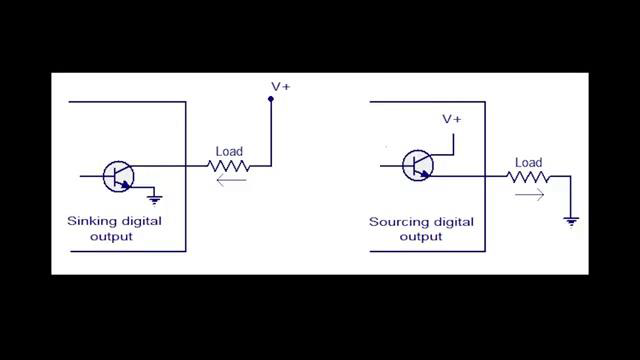
[3m:47s] Sourcing signals are commonly used in situations where no other power sources are available or in situations where you only want voltage on the circuit in question when the signal is actually active.
[3m:59s] It is important to remember that both sinking and sourcing signals can be either digital or analog,
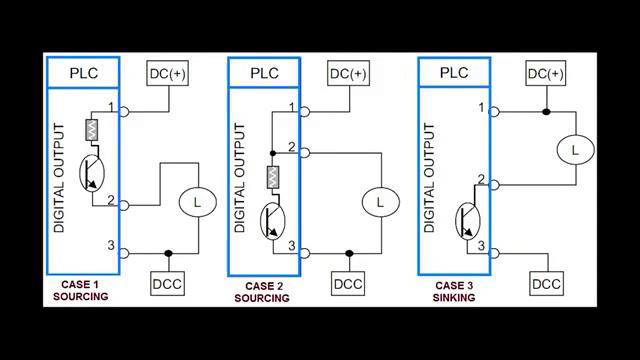
[4m:7s] and also that the hardware you use is typically designed
[4m:10s] only for one type or another, but not both.
[4m:14s] So take time when selecting your hardware and be aware of how you plan to use your signals and where power might be coming from.
[4m:23s] With this knowledge and a little planning, you can ensure that your electrical signals function as expected.
[4m:29s] For a full line of industrial control hardware and thousands of other products, please go to our website. For more information or other educational videos, go to RSPSupply.com, the Internet's top source for industrial hardware. Also, don't forget: like and subscribe.




